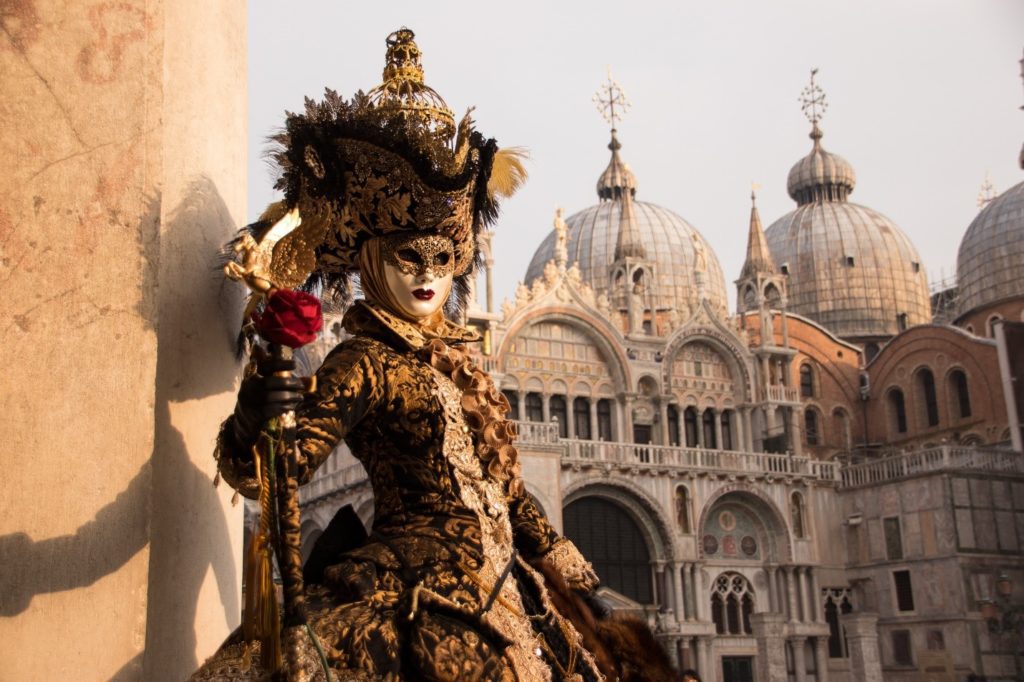By Noemi Gamel
We have been home schooling, with various degrees of success, during our RTW trip. In addition to more or less structured grammar and math lessons, they have been learning history by visiting museums and sights that have historical significance. For our WWII unit, we visited the Hiroshima Peace Park in Japan, the Anne Frank House in the Netherlands, and the beaches of Normandy in France.
The Hiroshima Peace Park is a stark reminder of one of the events that led to the end of WWII: the dropping of the first atomic bomb in Hiroshima. After sitting down with the kids under the shade of a tree in the park to explain the rationale and events leading to the bombing, we visited the various monuments in the park dedicated to peace and remembrance. I found the display of one thousand paper cranes very emotional, especially because it is dedicated to the children who died in the bombing and the project was started by a young girl who died of leukemia due to the effects of the radiation. Tristan walked away in tears from the exhibits demonstrating the acute burn and radiation injuries displayed by the wax statues, and a kind museum guide offered him a paper crane, a sign of peace. We were very moved by the gesture.
In Amsterdam, we waited for over one hour to enter the museum dedicated to Anne Frank. This was the one place Kara was most looking forward to in our RTW trip, because she read Anne Frank’s Diary a few years ago and was deeply affected by it. We were all very emotional during the visit, and at the end we had a discussion about prejudice and the importance of speaking out against injustice, whether it affects us directly or not.
We ended our unit on WWII with a D-day tour in Bayeux, France. We saw the bunkers and cliffs of Point du Hoc; the beaches of Utah and Omaha; and the Saint de Mere church and museum dedicated to the American airborne divisions. We were able to tie in what we learned at the Anne Frank house with what we learned about D-day and the liberation of Western Europe, which unfortunately came too late for Anne and most of the people who lived in the Secret Annex.
While we visited the sights a bit out of order, the children were able to learn about different aspects of the war and its impact throughout the world. I hope when Kara and Tristan study WWII in school, they can remember with reverence the sights we visited.



